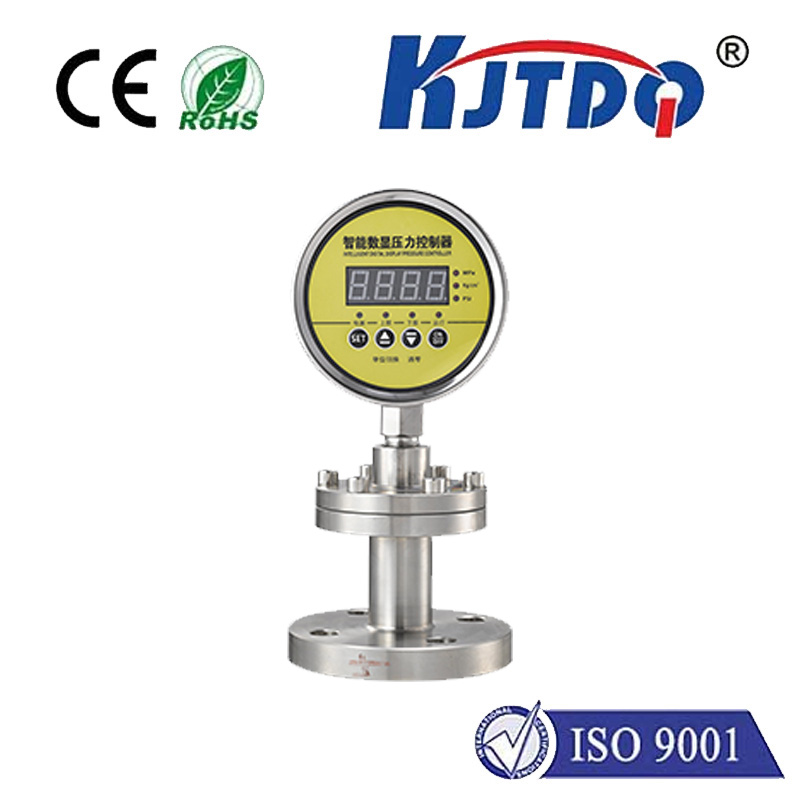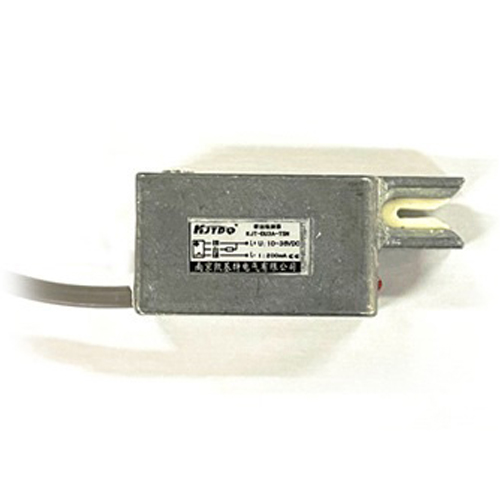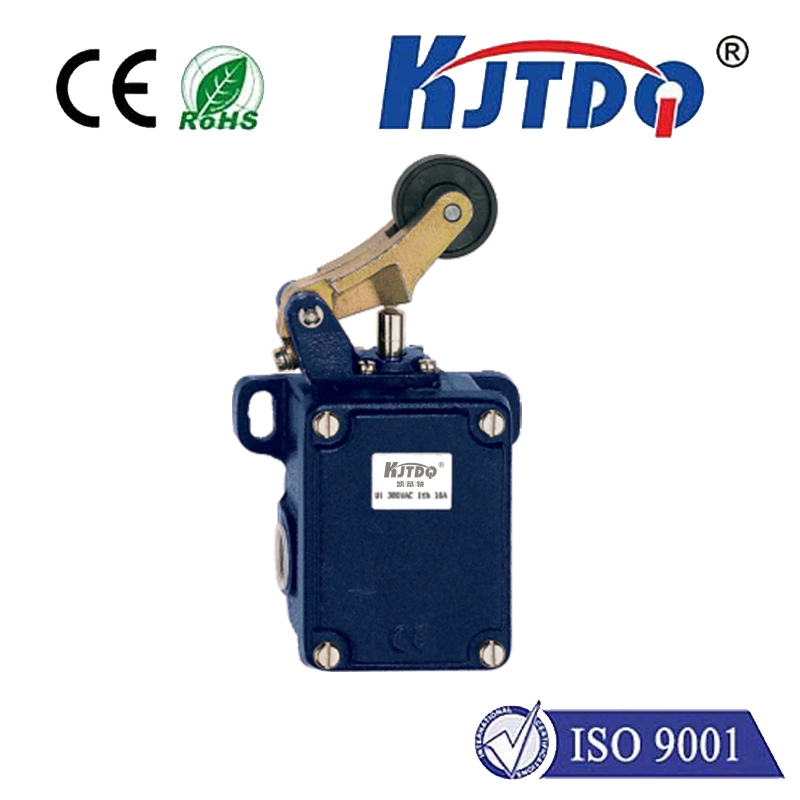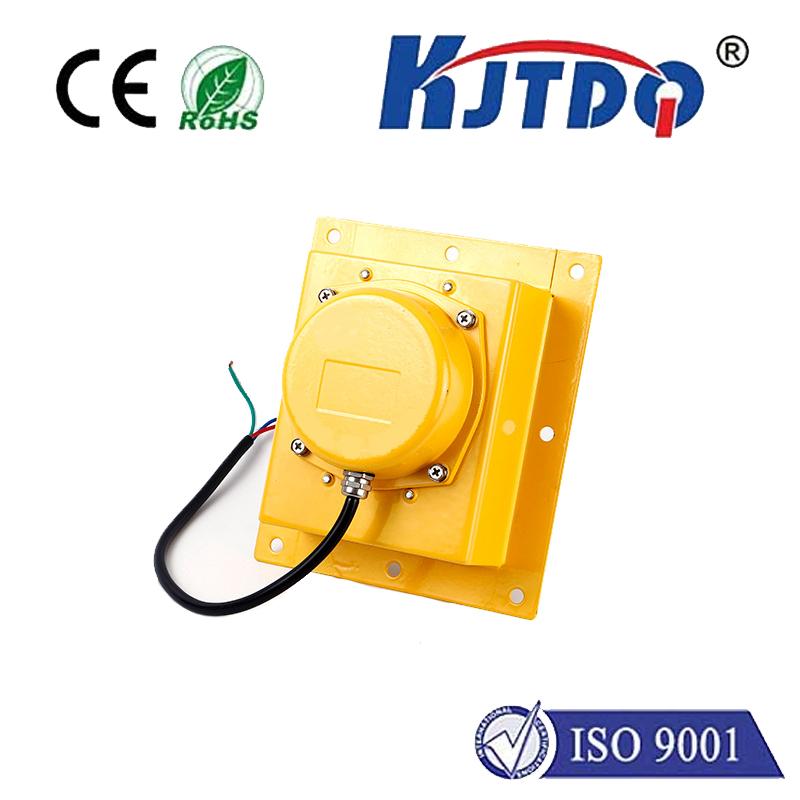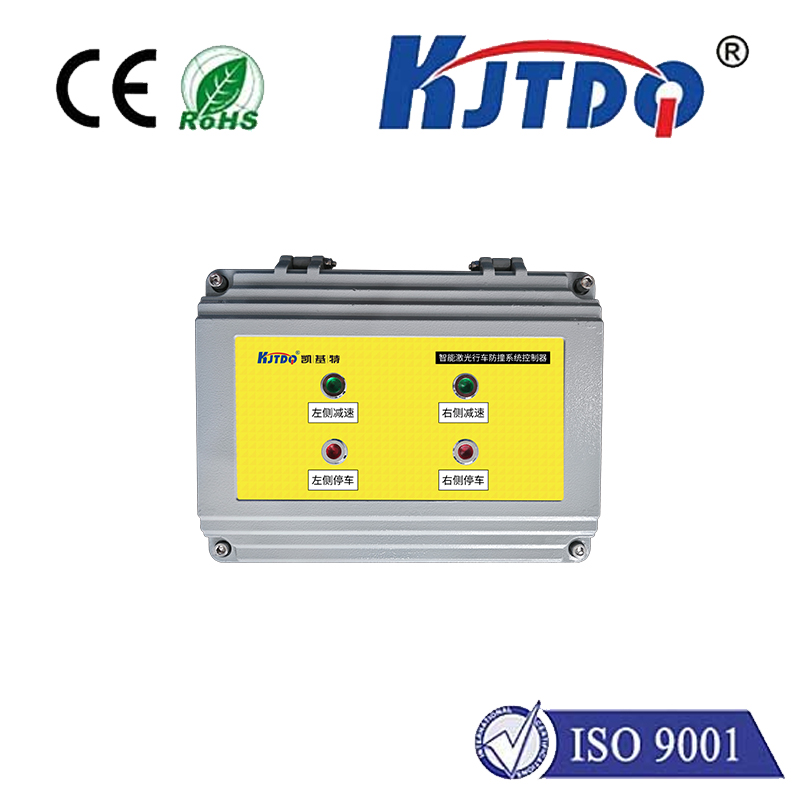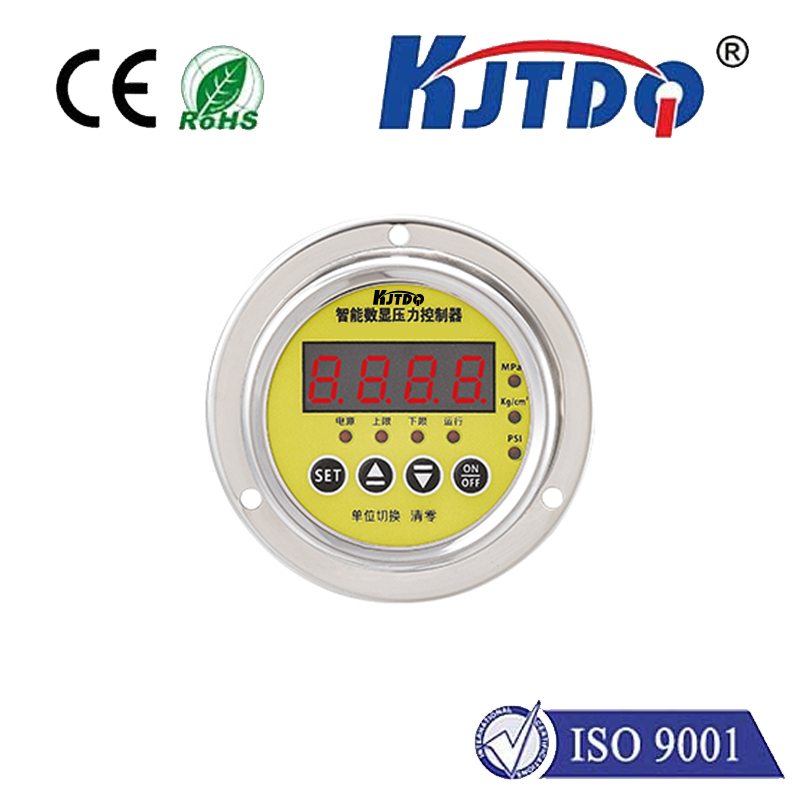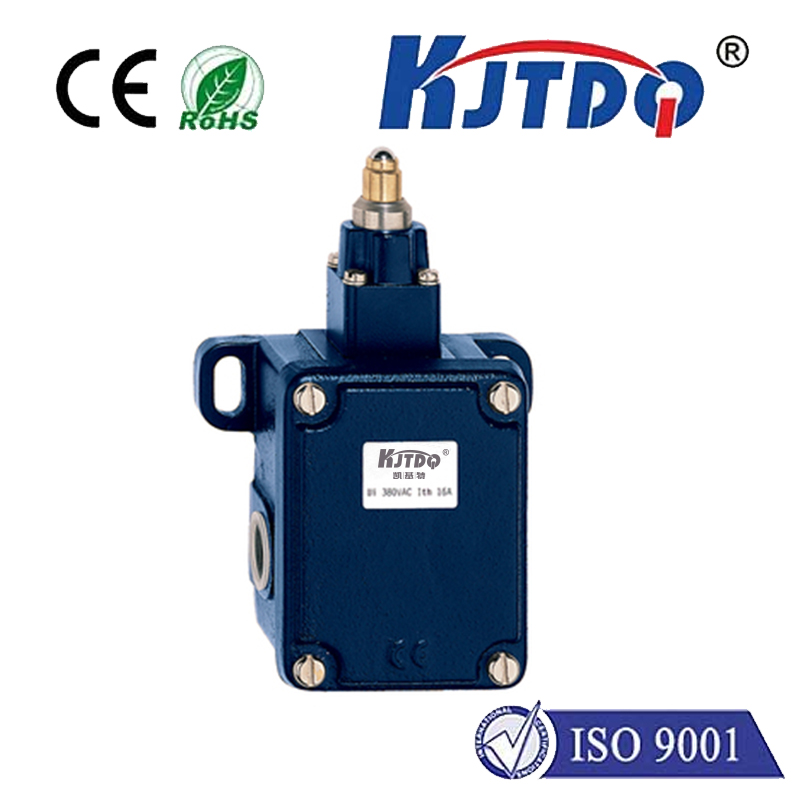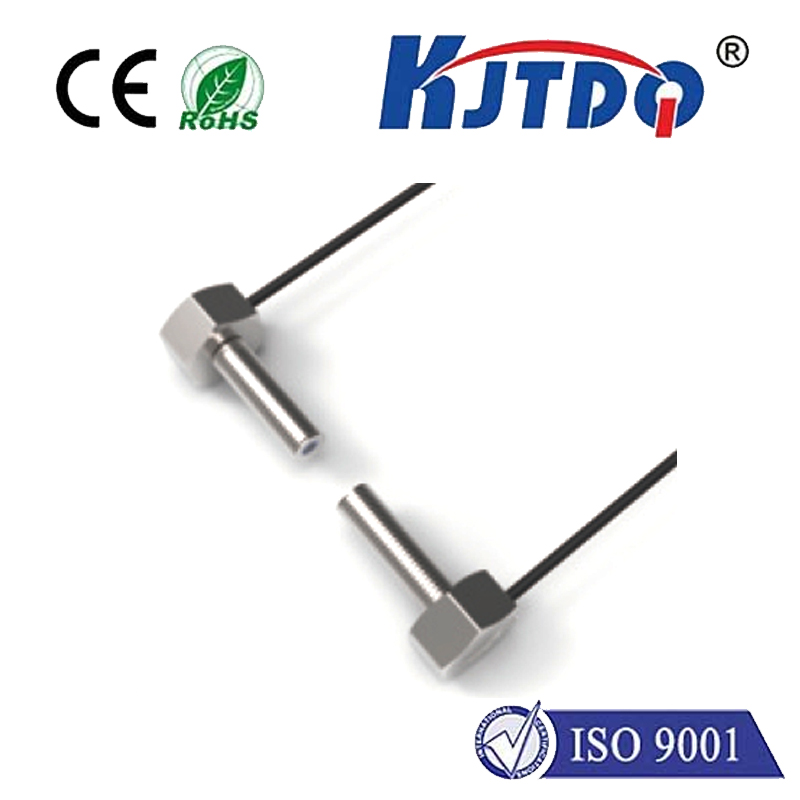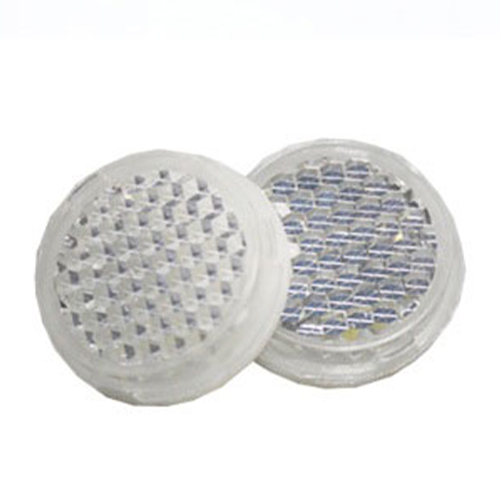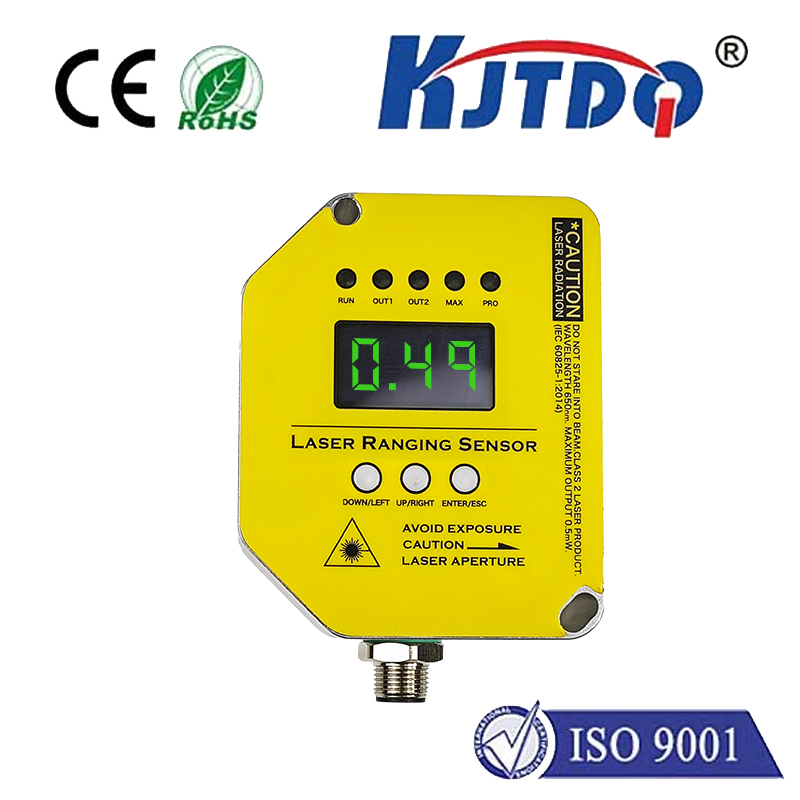

check

check

check

check

check

check

check

check

check

check
Introduction
Limit switches are critical components in the automation and control systems of industrial machinery. Among them, the 12-volt limit switch stands out as a versatile and reliable option for controlling the motion of equipment in various industries. This article aims to provide an in-depth understanding of 12-volt limit switches, their functionality, installation, and usage. By the end of this reading, you'll be equipped with the knowledge necessary to effectively utilize these devices in your projects.
Section 1: The Basics of 12-Volt Limit Switches
A 12-volt limit switch is a mechanical device that is designed to detect a change in contact between two surfaces. When one surface comes into contact with another, the switch trips an electrical signal that can be used to control the motion of a machine or system. These switches are commonly used in applications where precise positioning and control of movement are required, such as in manufacturing processes, automotive industry, and robotics.
The key components of a 12-volt limit switch include the switch face, spring, contacts, and coil. The switch face is the part that makes contact with the object being controlled. When it comes into contact with the object, it opens the circuit. The spring is responsible for holding the switch face in place until it comes into contact with the object. The contacts are the metal plates that make contact with each other when the switch face is open. Finally, the coil is an electromagnet that generates the electrical signal when the switch face comes into contact with the object.
Section 2: Types of 12-Volt Limit Switches
There are several types of 12-volt limit switches available on the market, each with its own unique features and applications. Some common types include:
a) Recessed Limit Switches: These have a housing that contains both the switch face and coil within it. When the switch face comes into contact with the object, it creates a small gap in the housing, which opens the circuit and activates the coil. Recessed limits switches are often used in applications where a compact design is required.
b) Enclosed Limit Switches: These have a housing that contains only the switch face and coil. When the switch face comes into contact with the object, it creates a physical seal between the switch face and coil, which opens the circuit and activates the coil. Enclosed limits switches are generally more reliable than recessed switches because they do not rely on a small gap in the housing to create a path for electricity.
c) Magnetic Limit Switches: These use a magnetic force to control the movement of a machine or system. When the switch face comes into contact with the object, it creates a magnetic field that interacts with a magnet placed inside the coil. This interaction triggers the activation of the coil and sends an electrical signal to control the motion of the machine or system.
d) Photoelectric Limit Switches: These work by using light as an indicator to determine when the switch face has come into contact with an object. When light shines on
